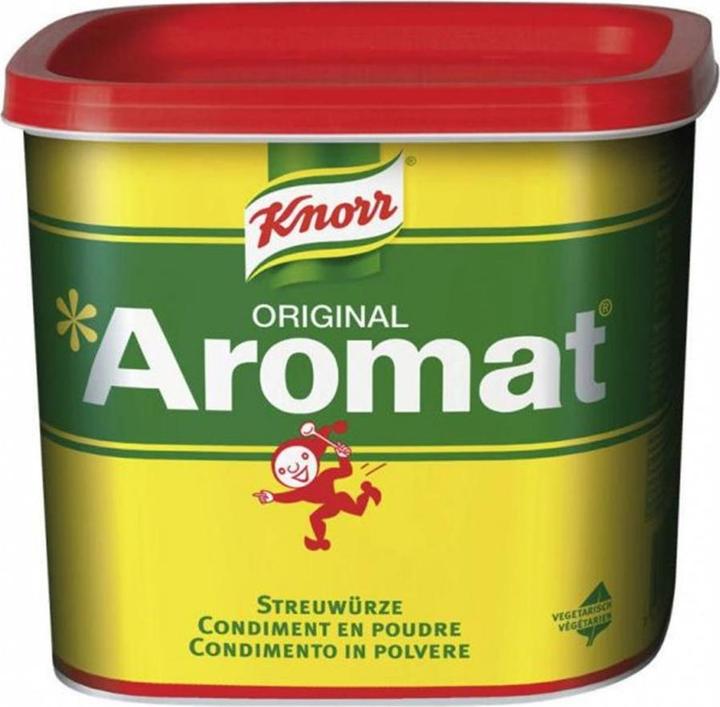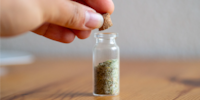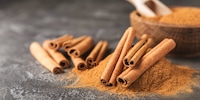

Oooooo mummy! How to make your own flavouring
Flavouring is the "secret spice" of Swiss cuisine and I don't particularly like it. Nevertheless, I was always jealous of flavouring junkies because they have a salt with flavour. So I made my own flavouring.
Invented in 1953, the Aromat seasoning has fallen into disrepute. The ingredients in the yellow powder include sodium glutamate and palm oil. Glutamate was once considered harmful to health, while the production of palm oil destroys primeval forests in Indonesia and threatens biodiversity. I have therefore been avoiding the most Swiss of all spices for years, even though glutamate has been shown to be harmless.
The fifth flavour
First of all, allow me to digress a little: you're probably familiar with umami. The fifth flavour alongside salty, sour, bitter and sweet makes food "hearty" or "savoury". Glutamate, which occurs naturally in many products such as tomatoes, Parmesan cheese and mushrooms, is mainly responsible for this flavour. Once you have discovered the world of umami, you want more and more of it. This is what has made flavourings such a resounding success over the last half century. Flavouring (or umami) is addictive. In the 1960s, doctors wanted to prove that glutamate was harmful to health. Today, the so-called "Chinese Restaurant Syndrome" has long been disproved. The story is so absurd that the US radio programme "This American Life" dedicated an episode to it.
The criticism of glutamate did nothing to dampen the success of flavourings. Today, the flavouring founders Knorr are part of the Unilever conglomerate. Another reason for me to do without the industrial powder. I therefore made my own flavouring.

Dried mushrooms serve as the basis for my seasoning. Dried shiitake, porcini mushrooms and morels in particular contain a lot of natural glutamate. I opted for 40 grams each of porcini mushrooms and morels. My third ingredient is katsuobushi (dried, smoked bonito). The Japanese use fish flakes in a similar way to the Italians use shaved Parmesan. I put everything in my blender, which makes short work of the mushrooms and fish. The powder already smells like pure umami!

I mix my umami powder with salt and a little dried garlic. You can also add onion powder or any other spices you like. Go wild, you are your own flavour rose on the umami lake!
The result can be used wherever you have used flavouring in the past: In salad dressings, on boiled eggs or on sliced cucumber. As a flavourist, I used to use boring salt. Now I can finally join in with the flavouring freaks and have my own seasoning made from natural ingredients.

Let me be your sprinkle of spice in your bland life! Follow my user profile!
If you can't resist, you can buy the mega tin of flavouring here

When I flew the family nest over 15 years ago, I suddenly had to cook for myself. But it wasn’t long until this necessity became a virtue. Today, rattling those pots and pans is a fundamental part of my life. I’m a true foodie and devour everything from junk food to star-awarded cuisine. Literally. I eat way too fast.
Practical solutions for everyday problems with technology, household hacks and much more.
Show all

